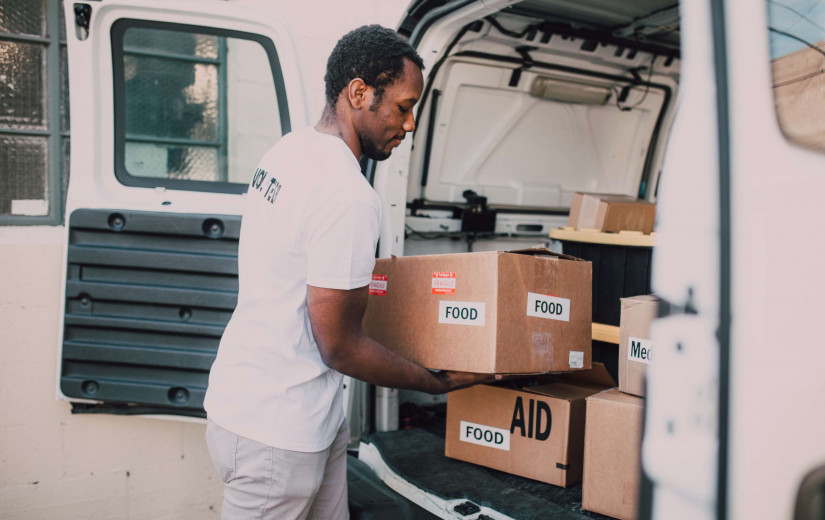Tired of Lockdown? When Will US Re-Open? Look at These Countries for Guidance
While the world is far from out of the woods when it comes to tackling the deadly coronavirus, some countries are forging ahead with a gradual plan for re-opening. How this return to normalcy looks varies across different regions of the world and is largely dependent on the scope of the current cases of the COVID-19 virus. What your region of the country does will have a large impact on your overall physical health and mental wellness, making it important that you stay abreast of the fluid situation.
Here is how some countries are making a path forward so that citizens can get back to work and to life.
China
As the original COVID-19 epicenter, China was also the first country to recover and look at re-opening as a viable option. Wuhan lifted its travel restrictions and opened up public transportation once again at the end of March, signaling that the region was ready to resume some degree of normalcy. The capital city of the Hubei province was the last region in the country to lift travel controls. All eyes will be on this area in the coming weeks to see if new cases begin to pop up again as a result of the easing of restrictions.
Italy
Italy was one of the most affected countries in the world, seeing a large majority of the confirmed cases and deaths in Europe. The good news is that new cases are now on the downswing, prompting government officials to slowly open up the country in purposeful phases. On April 10, Prime Minister Giuseppe Conte signed a decree allowing some business to open their doors to the public once again. As a result, non-essential places of business such as bookstores and clothing stores have been allowed to open. Phase two of the three-phase re-opening effort is set to begin on May 3, allowing even more freedom of mobility for Italians. It should be noted that some of the most affected areas, including the northern Lombardy region, have not seen a lifting of restrictions quite yet.
Spain
As one of the hardest-hit countries in Europe, Spain is slowly starting to come back to life after its citizens had been placed on lockdown for nearly one month. The country first declared a state of emergency on March 14. In Madrid alone, almost 300,000 non-essential workers returned to work this week after the Easter weekend. While construction and other non-essential services have been allowed to restart, restaurants and bars are still closed.
Germany
Germany has been largely praised for its quick and decisive efforts to contain the spread of the virus. Chancellor Angela Merkel was criticized by some early for being too aggressive about shutting down the country in the face of very few confirmed cases. However, this prudence now appears to have been a good decision as Europe's largest economy escaped the worst of the virus thus far. On Wednesday, Merkel announced that the country would begin scaling back restrictions beginning next week. Beginning on May 4, schools that can demonstrate proper hygiene protocols will be allowed to open their doors to students.
Denmark
With confirmed cases lower than once projected for this time frame, Denmark has made the strategic decision to accelerate its lifting of restrictions. On Tuesday, Danish Prime Minister Mette Frederiksen announced that the country would now begin phase one of its reopening plan. This phase includes the partial re-opening for schools in younger grades because they are less susceptible to picking up the virus and becoming seriously ill. Churches, movie theaters, and shopping malls will remain closed. Frederiksen also said that festivals and other large gatherings are still banned through August.
It is still unclear how the US will tackle this sensitive issue. Health officials will surely be watching how this transition goes in other countries. Some geographically similar states have formed coalitions to ensure that the region is working together to formulate a plan that is beneficial for everyone. As of now, it does not look like any states will come close to normalcy until some time in May. The health and wellness of all citizens will be carefully balanced with the need to return to a normal state of affairs.

















